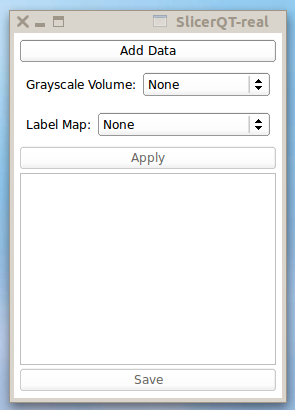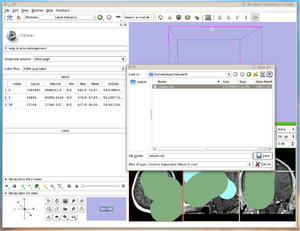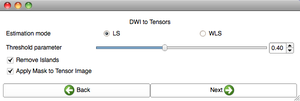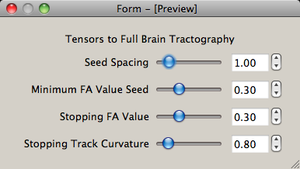2011 Winter Project Week: Python and Slicer4
From NAMIC Wiki
Home < 2011 Winter Project Week: Python and Slicer4
Key Investigators
- Jc, Danielle - Kitware
- Jim - GE
- Steve - Isomics
- Demian - BWH
Objective
Develop scripting patterns for implementing workflows in slicer4 to port slicer3 functionality and streamline implementation of new functionality.
Approach, Plan
- Review initial experiences with PythonQt in slicer4
- Editor and SWidgets
- TubeTK-based Interactive PDF Segmenter
- Endoscopy
- Consider general architecture for creating module GUIs (scripted widgets)
- allow adaptive re-use of widgets in different modules such as:
- embed subset of painting tools inside interactive segmenters
- embed small model maker interface in segmentation tools
- embed some annotation (e.g. fiducial) for landmarking in registration
- embed CLI interfaces in workflow wizards
- define inheritance for PythonQt implementations to provide consistency across module GUI implementaitons
- allow adaptive re-use of widgets in different modules such as:
- Consider use cases for (scripted) slicer modules - can one implementation pattern cover all use cases?
- embed GUI in slicer interface (parent is slicer module panel)
- run as part of a workflow (parent is one step of workflow)
- run GUI stand-alone (module's widget is top level window)- call this Slicelet mode.
- run without GUI (parameters passed on command line CLI-style)
Progress
Slicer4 developer beta supports PythonQt scripted modules.
References
Example LabelStatistics module source code.
| . | . | . | . | . |
Command line to run "Slicelet" from Slicer4 build directory:
% Slicer4 lib/Slicer3/QTScriptedModules/LabelStatistics.py
- TODO Items:
- pass command line options to slicelets (use tclap-style --xml like the CLI modules)
- optimize startup time for the interpreter
- expose remaining parts of the Qt/qSlicer API to Python
- progress and status output
- wrapper to run non-scripted modules in slicelet mode
- Architectural Issues
- Object inheritance plan for scripted modules and slicelets
- Utilities needed to make it easy for developers/users to put together pipelines that mix module types





